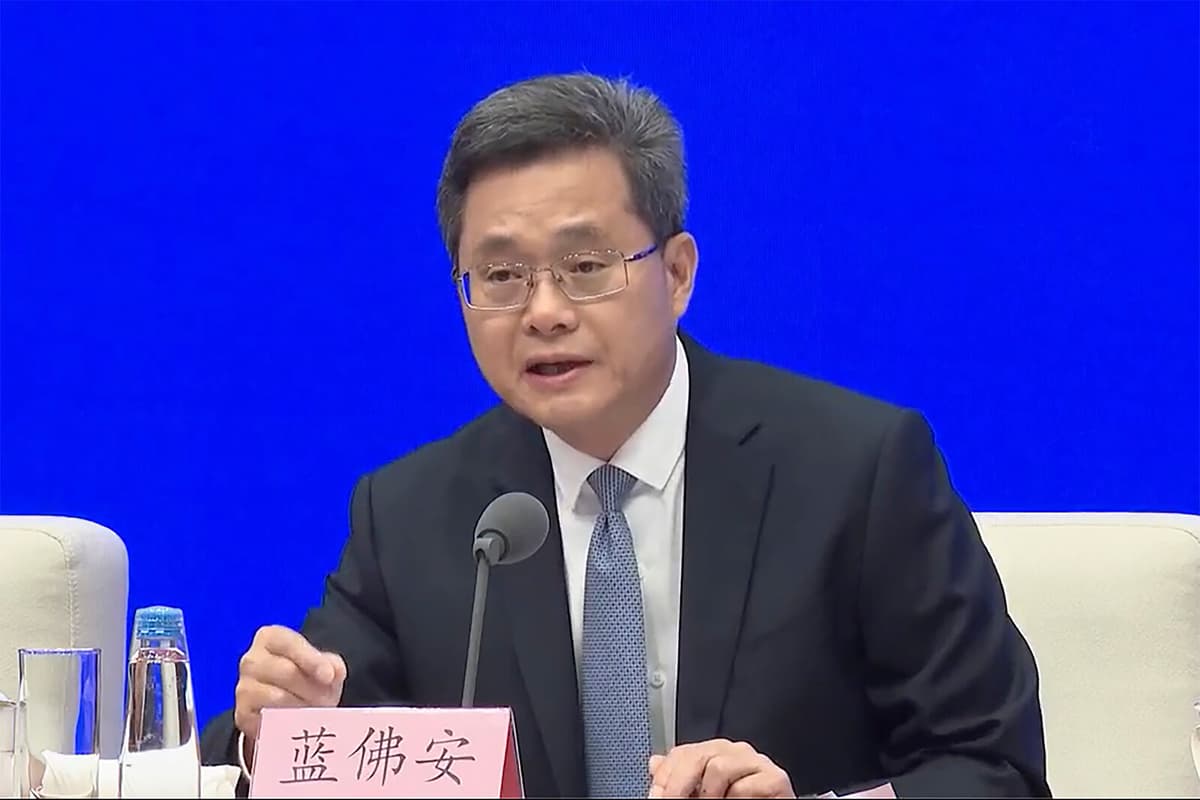Inflation, i.e. consumer price increases in annual terms, was measured at 0.4 percent in September. This can be compared with the average forecast among analysts of an inflation rate of 0.6 percent, according to Bloomberg.
Producer prices fell 2.8 percent in annual terms, which can be compared with an average forecast of minus 2.6 percent.
Unexpectedly gloomy figures
The core inflation in China – where food and energy prices have been excluded – was 0.1 percent in September.
The unexpectedly gloomy figures were presented on Sunday, ahead of what is expected to be another turbulent trading day in China due to uncertainty surrounding the economic development.
The price development in China is a symptom of weak domestic demand. China is currently in the longest period of deflation since the 1990s with falling prices for five consecutive quarters – and a risk of a sixth.
The central bank in Beijing has lowered interest rates and has provided liquidity support to boost both the property market and the stock market. As recently as Saturday, China's finance minister Lan Fo'an signaled new support measures, targeting the property market, highly indebted local governments, and students.
Growth is expected to decline
Many analysts and market players had, however, expected announcements of clearer and more powerful measures. The average forecast ahead of Saturday's press conference was that new loan-financed stimulus measures worth 2,000 billion yuan (equivalent to 2,950 billion kronor) would be presented, according to Bloomberg. But the measures presented would be financed with already existing funds, Lan Fo'an.
The average forecast for China's growth this year is currently at 4.8 percent, i.e. below the official target of 5.0 percent. Last year, China's growth was measured at 5.2 percent.





